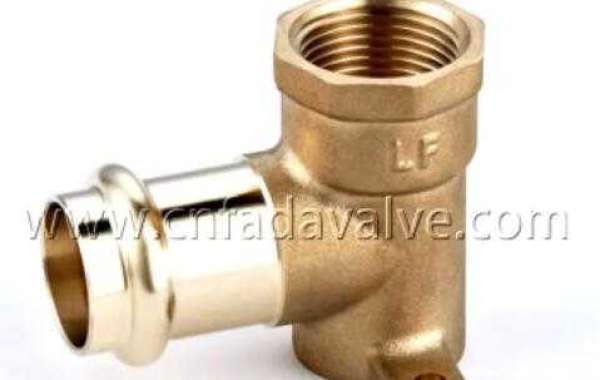In the world of plumbing, selecting the right materials is essential to ensure the safety, durability, and efficiency of a plumbing system. One crucial consideration when it comes to plumbing fittings is the use of lead-free materials. Lead, a toxic metal, can leach into drinking water through plumbing fixtures and fittings, posing significant health risks to humans, especially children and pregnant women. To address this concern, lead-free brass fittings have emerged as a safer and more sustainable alternative.
Traditionally, brass fittings contained varying amounts of lead to enhance machinability and improve performance. However, research and health studies have shown that exposure to even low levels of lead can lead to severe health problems, including developmental issues, neurological damage, and impaired cognitive function.
Lead-free brass is a safer alternative that complies with strict regulations and standards. It is manufactured without the use of lead, making it a healthier option for use in plumbing systems that supply potable water.
The primary advantage of lead-free brass fittings is their positive impact on human health. By eliminating lead from the manufacturing process, the risk of lead leaching into the drinking water supply is significantly reduced. This is particularly crucial for homes, schools, hospitals, and public buildings, where water safety is of utmost importance.
Lead-free brass fittings are especially important for vulnerable populations, such as children and pregnant women, as they are more susceptible to the harmful effects of lead exposure.







